Sugaring may be the ideal option for people who’ve experienced pain from waxing, microblading and other hair removal techniques that can leave sensitive skin feeling raw. Because many clients prefer a low-impact beauty treatment, most spas and salons offer sugaring as part of a comprehensive suite of services. If you don’t have a sugaring tech on the team, you’re potentially turning away business. Sugaring is a more expansive beauty treatment because it can be used for hair removal anywhere on the body.
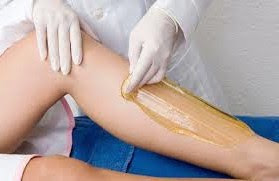
All you need are three all-natural ingredients – sugar, lemon juice and water – to form a sugaring paste. Some sugaring techs spice up their paste formulas with a drop or two of essential oils, maybe a dash of honey, but the basic ingredients remain the same. A natural product, sugar only adheres to hair and dead skin cells, so the procedure does not agitate healthy skin.
Generally, you’ll need an esthetician’s license before you can train to practice sugaring. There are many online courses available to train in the skill. Also, beauty salons and spas throughout the country offer training as a sugaring tech. Most of these in-person courses can be completed in a day, after which you’ll receive a certificate you can display in your salon – and start sugaring.
You can make decent money offering sugaring services, but again, being able to offer sugaring means you’ll attract more clients to your business. So getting trained in sugaring gives your customers one more reason to choose your salon over all the others.
Sounds sweet? Let’s get ready to train in sugaring.
In this article you’ll learn:
- How much money you can make as a sugaring technician
- The required training and certifications
- Professional groups to join
- Employment opportunities for sugaring technicians
- Finding clients
- Plus helpful tips for new sugaring techs
How much money can you make?
Salaries for sugaring techs range from $33,000 to $38,000 annually. By training to become certified as an esthetician, in addition to sugaring services you can nearly double your annual income to an average of $73,000. Information on how to become a certified esthetician can be found in Chapter 1.
Salaries for sugaring techs also depend on your employment location. Sugaring technicians working in department stores, for example, actually make more money than those employed at spas and resorts.
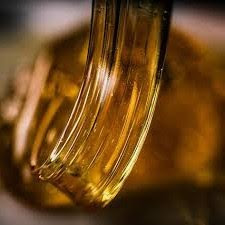
You can check average salaries for your state with EstheticianEdu.org’s searchable web page.
Training and Certification
There are dozens of online training programs in sugaring. Many spas and beauty salons also offer in-house training, which is beneficial because you get hands-on experience.
Because licensing regulations vary widely around the country, the first thing to do is find out what’s required by the state where you plan to practice sugaring. Here’s a state-by-state listing of official governing agencies.
Even if your locality does not require formal licensing, becoming trained in sugaring is still important because it takes skill to perform the procedure successfully. You can’t just whip up a sugar and lemon-juice paste with a dash of water and start removing hair from your clients’ bodies. It takes practice.
Training course fees typically range from $500 to $1,000 or more, with $750 to $800 being average. Most training courses can be completed in a day. In-person training at a salon or spa tends to cost a little more than online training, but again, the advantage is you get immediate hands-on experience. If you choose the on-line route to training, you could ask friends to be test subjects so you can get some actual sugaring practice under your belt.
Here’s what you’ll learn during training:
- Hair removal theory
- How to consult clients on the process, covering what to do and what to avoid before and after their appointments
- Preparing sugaring paste (if you don’t wish to buy a prepared formulation)
- Practicing sugaring technique on a model
- How to sugar different areas of the body
If your state requires certification as an esthetician to perform sugaring, join the National Coalition of Estheticians, Manufacturers/Distributors & Associations (NCEA). This is the most-respected organization for certifying professional estheticians in the United States.
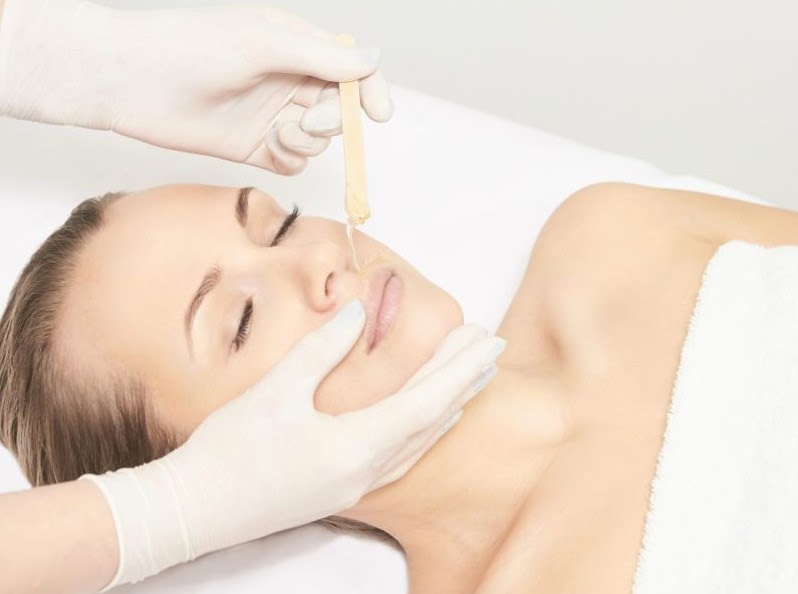
The cost of training with the NCEA ranges from $664 if you pay in installments, to as low as $600 for paying upfront. You can complete the training and take your final exam at home with study materials delivered via email from the NCEA. For detailed information on becoming an esthetician, see Chapter 1.
Check out this video of a common sugaring procedure to get a feel for what’s involved.
This video offers a demonstration of how to apply the sugaring formulation the way the pros do it.
Professional Groups to Join
Consider joining The Professional Beauty Association to meet other sugaring technicians and enjoy continuing education opportunities that can advance your career. This association offers three membership levels, bronze, silver and gold, starting at $195 a year. Bronze is probably the right choice for an individual membership. The gold level is mainly for salon owners who can add up to 30 employees on the same membership for a $1,500 annual fee.
Benefits of joining include social networking (a good way to find out about job openings), plus continuing education, conferences and special events, and discounts on liability, health, dental, and vision group insurance.
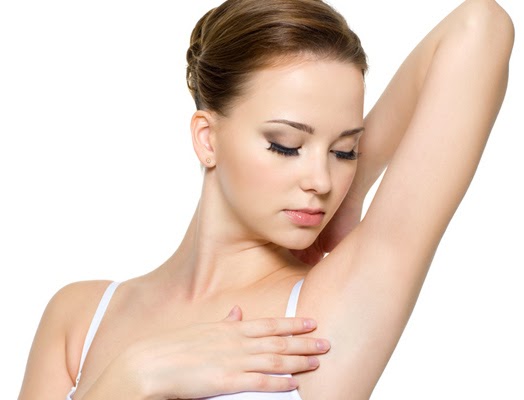
If you pursue certification as an esthetician as part of your career preparations, maintaining your membership in the National Coalition of Estheticians, Manufacturers/Distributors & Associations (NCEA) will further expand your professional network while holding onto a valuable credential.
Employment
Local spas and beauty salons should be your first destination. Many offer sugaring services to clients and those that do not can probably be convinced that they should. Bring copies of your resume, licenses and certifications, as well as photocopied images of your sugaring work (or a business card with links to your website and Instagram account). Your attractiveness as a job candidate – and opportunities for making a larger income – will only increase if sugaring is just one of the beauty services in your skill set.
If you’re able to relocate, online job-search sites like ZipRecruiter, Simply Hired and Indeed.com can turn up dozens of job opportunities for sugaring techs. Bear in mind that when moving to another state you’ll need to be in training and certification with that state’s laws before you can work.
Finding Clients
In addition to your business website, create an Instagram account to showcase your sugaring services. The idea is to post plenty of “before” and “after” photos with hashtags so that people looking for sugaring services can find you. For example, using #Eyebrowsugaring as a hashtag will cause your Instagram page to pop up when people search for eyebrow sugaring on the platform. Instagram is the #1 online venue for sugaring artists to display their work. Be sure to get written permission from your clients before you post images of their faces. Close-up shots of eyebrows and sugaring work are probably okay to use if no individual can be identified by the images.
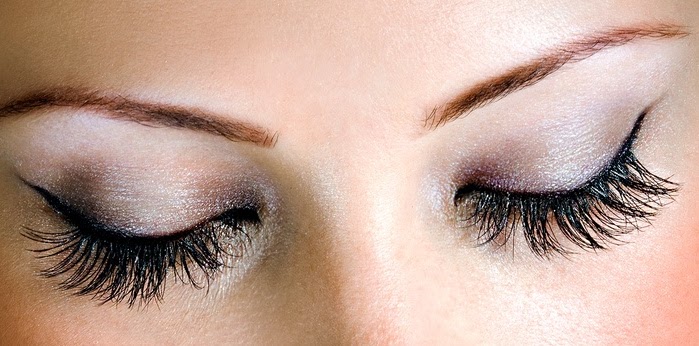
Other strategies for attracting new business:
- Give discounts to new customers.
- Create a referral program with discounts for returning customers who bring new clients to you.
- Ask clients to review your services online. According to a survey, 90% of people say their buying decisions are influenced by positive online reviews.
- Ask all new clients to complete a simple form about their interest in your sugaring services. Get their contact information on the form. This lets you follow up with clients and increase repeat business.
Good to know:
When consulting with clients about their sugaring procedure, there are important pre- and post-procedure topics you should discuss with them. Here’s what your clients need to know:
- Exfoliate the skin a minimum of 2 days before an appointment.
- Do not exfoliate the day before, the day of or the day after the sugaring procedure.
- Do not moisturize before the appointment. That means no lotions or creams on the body area to be treated.
- Avoid using deodorant the day of the appointment if getting underarms sugared.
- Wait four to six weeks for regrowth of hair before scheduling another sugaring appointment.
In addition, for at least 24 hours after sugaring treatment, clients should avoid:
- Applying scented lotions or creams
- Exfoliating the skin (wait at least 48 hours after a sugaring treatment)
- Using deodorant (if the underarms were sugared)
- Heat (no saunas, steam rooms or hot-yoga studios for at least a day)
- Direct sunlight, tanning beds and infrared lamps
- Working out
- Make-up (if the procedure involved facial sugaring)
- Touching, scratching or rubbing the treated area
If you enjoyed this article, check out some other PocketSuite.io content that can help you grow your career as a sugaring technician. Here’s a great place to start.
PocketSuite has thousands of business owners who all started where you are right now. Our community is always happy to help you ramp up, grow your client base, and achieve your income goals, both within the PocketSuite app and as part of our exclusive Facebook Community Group. PocketSuite’s vision is for any professional to be able to work for themselves and make a great living. It starts here. It starts with you. It starts today. Let’s get started, download PocketSuite now! Feel free to reach out with any questions (we’d love to hear from you)! Text us @ (415) 841-2300.





